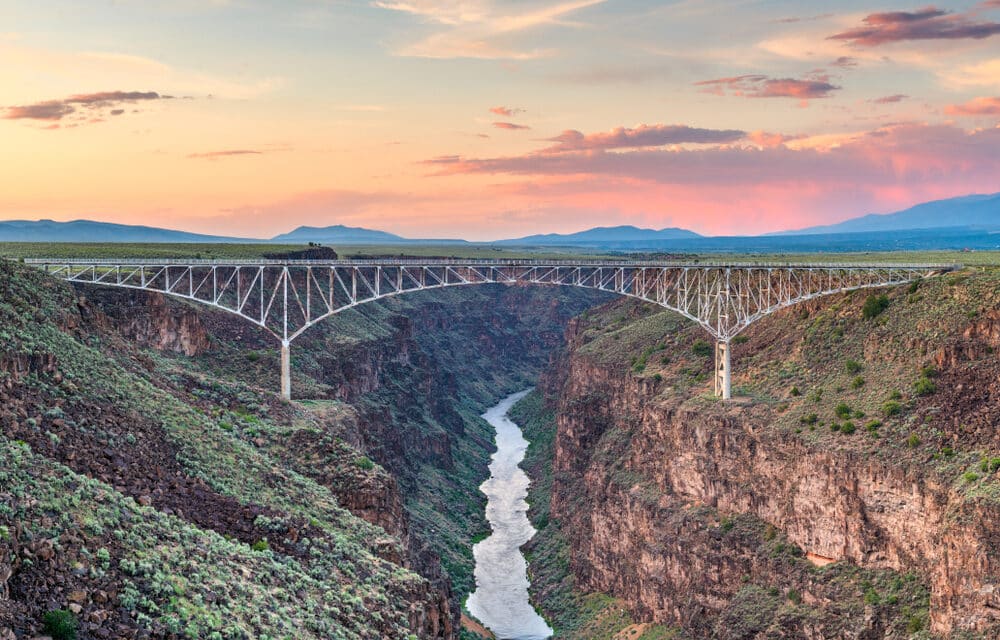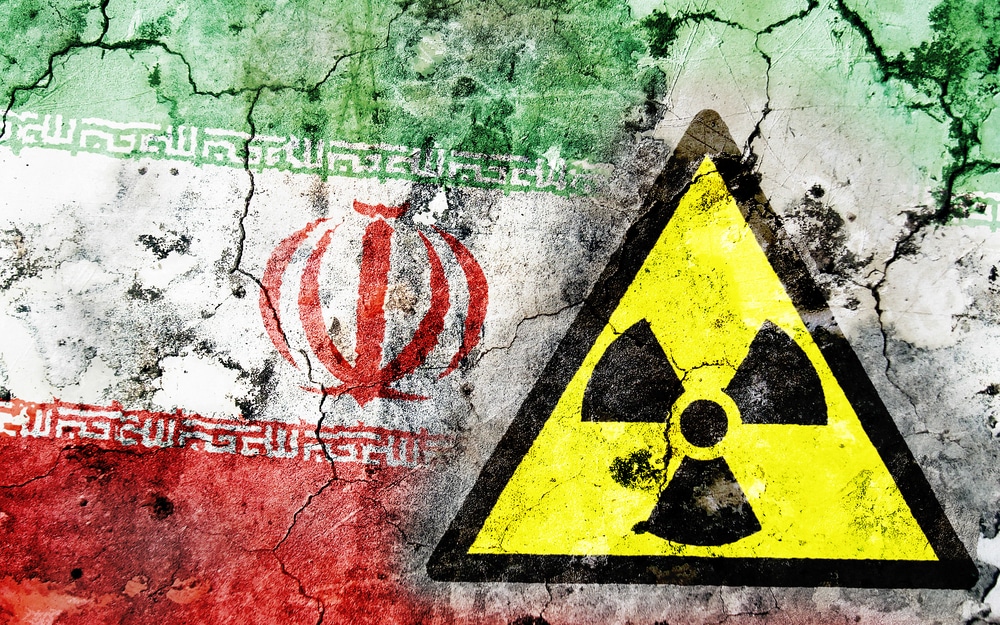A stretch of the Rio Grande near Albuquerque that supplies farmers with water and a habitat for an array of aquatic life is drying — an unsettling sighting of climate change’s effects in a populous U.S. city.
As the summer’s hotter and drier weather has fueled drought and fire throughout the West, federal and local agencies are salvaging what they can along a 100-mile section of the river: rationing the water for 66,000 acres of agricultural land and rescuing silvery minnows stranded in the remaining puddles of water. If the area doesn’t get consistent rain soon, the drought not matched in four decades could worsen.
They are also warning residents to prepare for the sight of a bed of mud and sand where one of the nation’s longest rivers should flow. While southern stretches of the river regularly dry out, this reach has not experienced a drought like this since 1983, said Jason Casuga, CEO of the Middle Rio Grande Conservancy District.
“Most folks in Albuquerque who have lived here have grown up always seeing the river have water,” he told The Washington Post. “So it would be a real big surprise to wake up and go outside and look at the river and realize, hey there’s no water.”
After three consecutive years of extreme drought conditions, officials had feared a historic dry spell, but heavy rain in late June offered a brief respite. Still, an arid July and triple-digit temperatures scorched any hope. As of Thursday, more than 73 percent of New Mexico is under an “extreme” or “severe” drought, according to the U.S. Drought Monitor. READ MORE

















